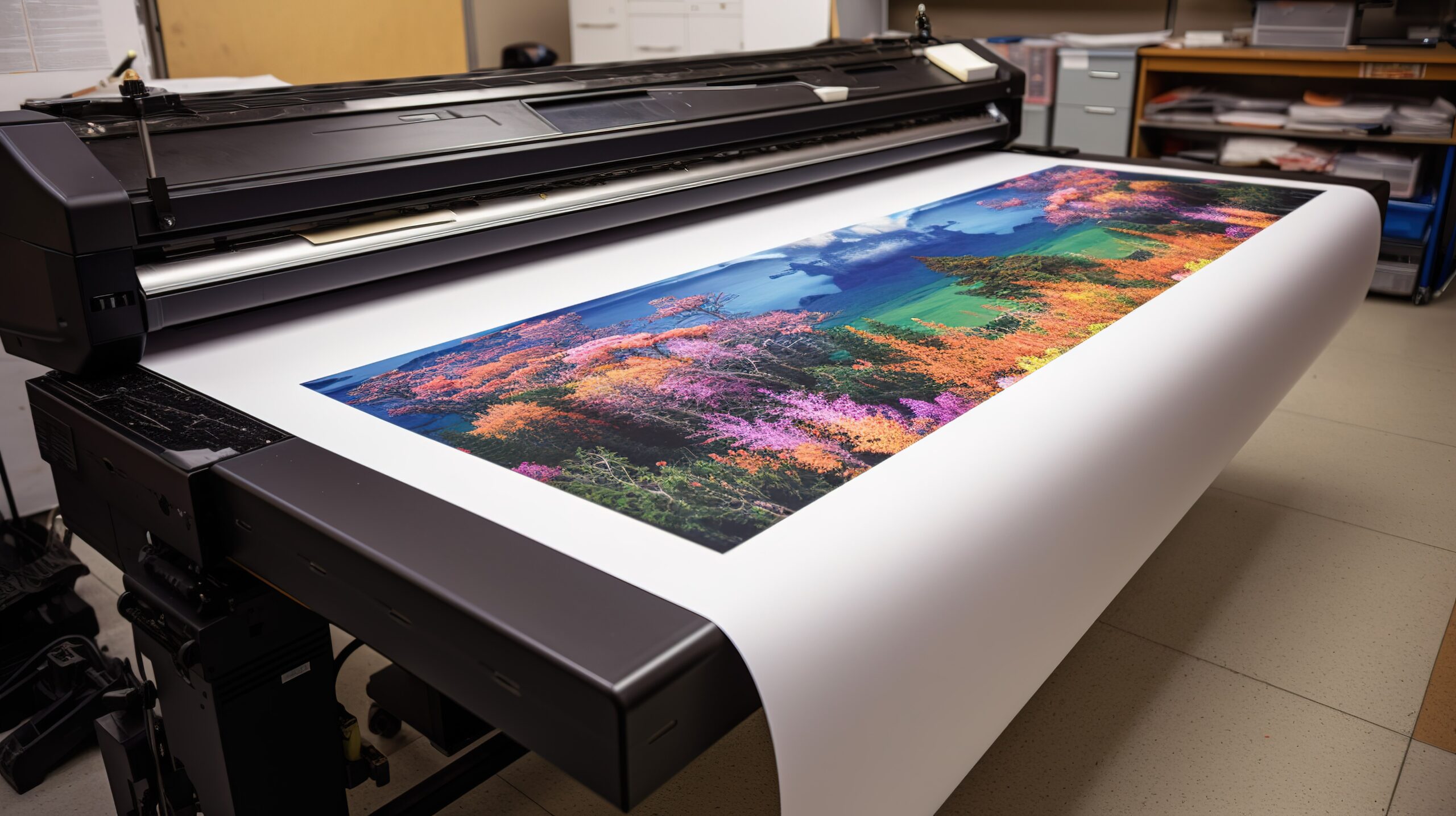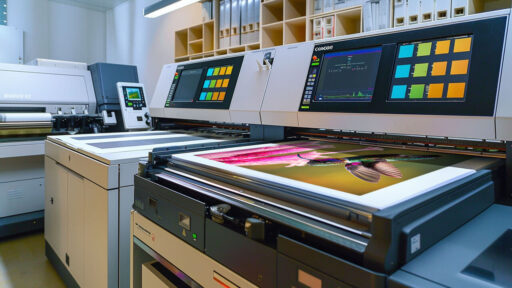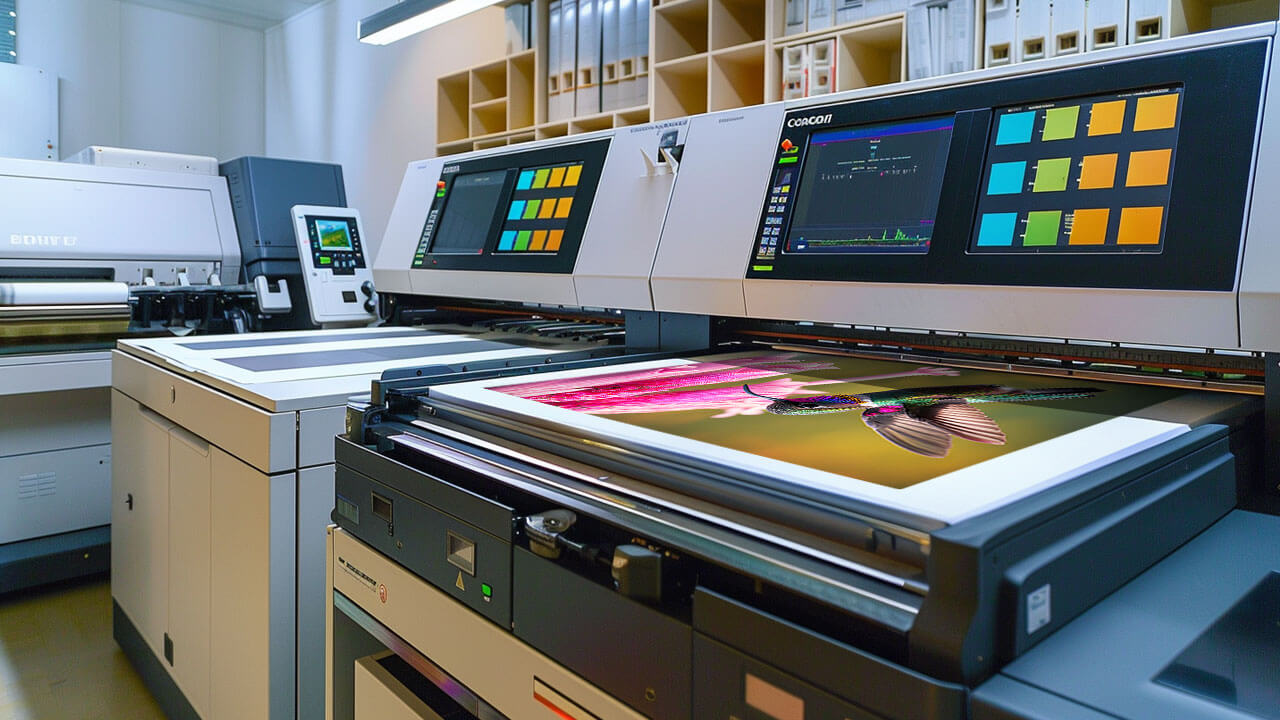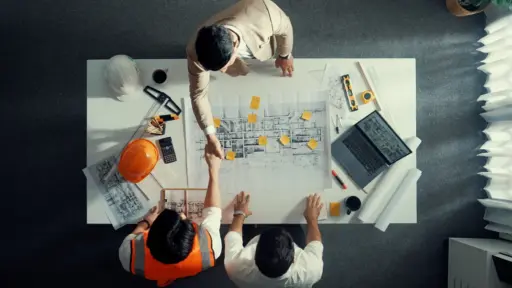The future digital age is imagined by some people as the end of traditional printing. But in fact traditional printing is not outdated. It is worth mentioning that the high-volume print production is still a predominant mode of operation for many industries ranging from publishing to marketing.
Understanding Commercial Presses
Commercial presses are large-sized non-stop printing machines effectively leaving hundreds of sheets on the printer every hour. They are diverse and they come in different formats, namely: offset presses, digital presses, and web presses. Each unique type does more things and is capable of meeting different user purposes.
Offset Presses
In the first place, offset printing is not out of the scope since it is still a popular choice still among people who need to print many copies. This is a technique that transfers ink to the paper through a plate, thus, the printout is light, clear, and sharp. On the other hand offset presses can print out in large quantities such as books, magazines, and marketing prints.
Digital Presses
Digital presses have taken the lead among the next-gen digital printers. They boast of their flexibility and are capable of variable data printing as well. Short run printing of brochures, leaflets, and personalized items like direct mail are ideal for them.
Web Presses
Web presses are high-speed continuous roll printers with a capacity to print large quantities of pages with a consistent design. They are typically used for trade publications, newspapers, and catalogs that are characterized by high production demand.
The Benefits of Investing in Commercial Presses

Companies that invested in the commercial presses could get numerous benefits for their printing capabilities:
1. Increased Production Capacity
The commercial presses are able to print out not just one, but thousands of prints in quick time, thus a company’s output can be enhanced by tens of thousands of items itself. This also gives a chance to the service providers to deal with the larger projects, which as a result, count as the ones which the service provider has completed if they are given the project and they can hand it over within the given deadline schedule.
2. Improved Print Quality
These machines can print out documents with the same high resolution, which cannot be generally guaranteed by desktop printers. As an example of that, they can print out an image that is clearer than that of the other images of the same color, and also they are very consistent across the print runs according to the visual outputs.
3. Cost-Effectiveness for Large Volumes
Even though the expense on brand new commercial presses is big, they can be a useful investment for massive print volumes. The cost per page integrates where the run size is directly related to the number of materials printed out.
4. Versatility in Printing Options
Commercial presses supply the widest range of printing options that cover various paper styles, sizes, and finishes. The flexibility of this tool makes it possible for the players to satisfy a diverse clientele.
5. Enhanced Efficiency
With the aid of the automated features and the great speed at which the presses are working, commercial presses have made dramatic efficiency improvements in printing work. The resultant effects of this have thus reduced the time that is required for the production of output and the increase in general productivity in organizations.
Considerations Before Investing
Before the commercial presses are made a decision to be invested in, businesses should be clear about these factors:
1. Print Volume Requirements
Evaluate the current printed pages and the projected future printed pages so as to tell whether the entry of a commercial press into the market is necessary and also exactly which model is best.
2. Space and Infrastructure
Commercial presses require considerable space and specialist electrical systems. It is necessary to confirm that the area will be a good location for the use of these machines and the infrastructure requirements will be met.
3. Training and Staffing
Running commercial presses involves skilled personnel. Firms should check the costs of using trainers and staff members’ time for training, as well as the cost of hiring new, experienced operators to supervise these machines properly.
4. Maintenance and Upkeep
Proper and regular maintenance is the key to the existence and full functionality of the commercial presses. The companies are also supposed to examine the costs of maintenance, such as the period of maintenance time which is probable for any repair, and the cost of the replaced parts.
5. Return on Investment (ROI)
Knowing the absolute minimum capacity and capabilities the market is ready to embrace is necessary. This comes with the additional benefit of higher fabrication and other capabilities complementing sales and business growth respectively.
Conclusion
Investing in high-volume print production with the help of commercial presses represents a major leap for companies when they want to boost their printing capabilities. Even though the initial investment may be higher, the benefits arising from higher production, greater quality, and increased efficiency can give the company a competitive advantage in the market. With the advancement in print technology, these machines are becoming more efficient and are in tune with the digital workflows, thus impressing their importance in the print production industry.







